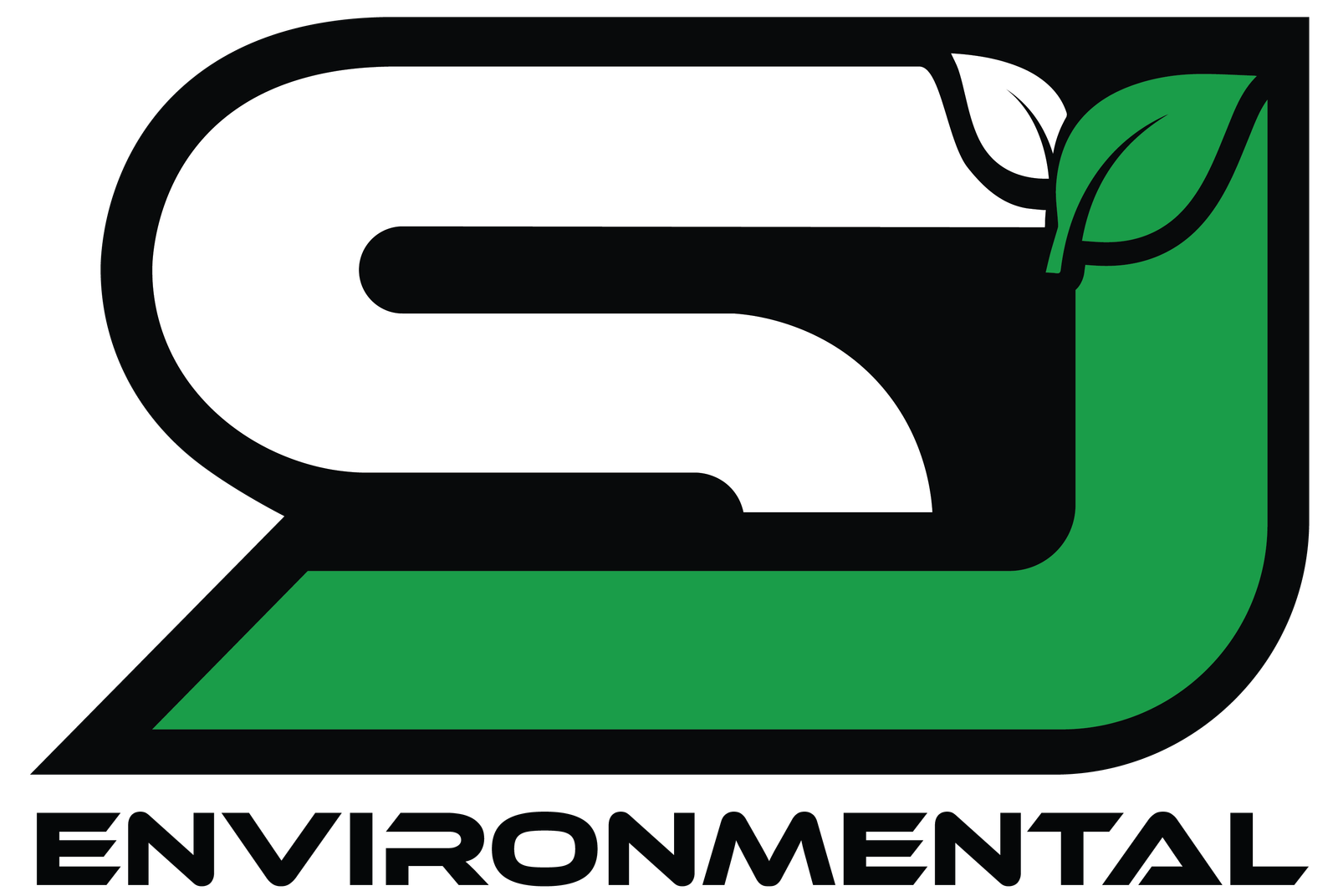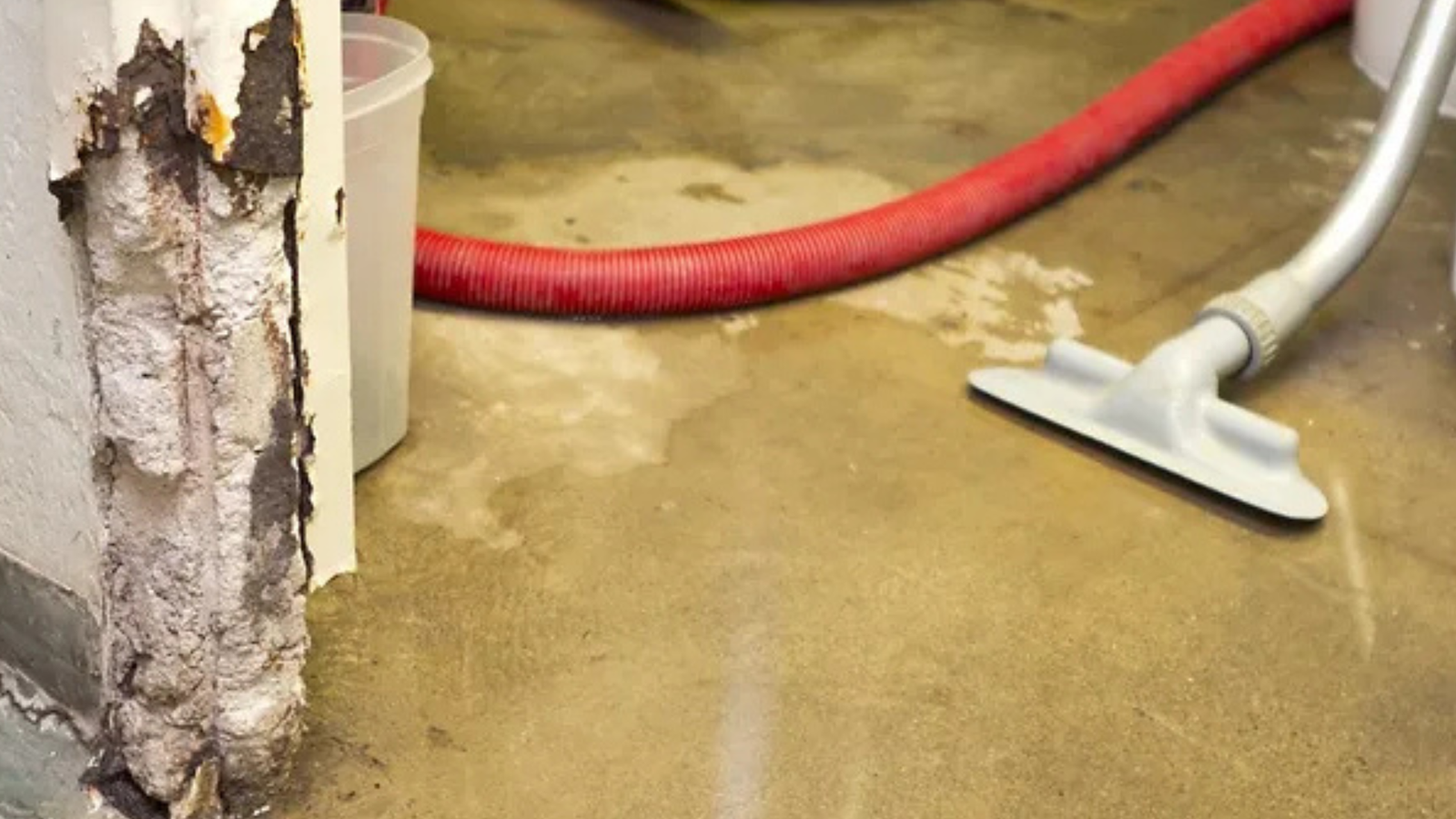Why Sewage Bacteria Testing Matters
Sewage bacteria testing is essential for ensuring your home’s plumbing system is safe and protecting the health of everyone living or working in the property. This blog provides an in-depth guide on sewage bacteria testing, covering why it’s important, the health risks associated with exposure, and the process of testing. Whether you’re a homeowner, contractor, or concerned individual, understanding sewage bacteria testing can help keep your environment safe and healthy.
Why Testing for Sewage Bacteria Is Critical
Sewage bacteria can enter your home’s plumbing system in several ways—through blocked or damaged sewer lines, improper disposal of wastewater, or flooding. The presence of sewage bacteria, such as E. coli, enterococcus, and total coliforms, can lead to various health hazards, particularly for individuals with weakened immune systems, young children, and the elderly.
Health Hazards of Sewage Bacteria Exposure
Sewage bacteria can cause a range of health problems, including:
- Gastrointestinal illnesses
- Skin infections
- Respiratory infections
- Eye and ear infections
These bacteria pose a serious risk if they enter your home’s water system or come into contact with surfaces that people touch. This is why timely testing and remediation are so important.
Reasons to Test for Sewage Bacteria
There are several important reasons to conduct sewage bacteria testing in your home:
- Health Concerns: Testing ensures your home’s water supply and surfaces are free from harmful bacteria that can cause health problems.
- Damage Assessment: After flooding or a plumbing backup, testing for bacteria helps assess the extent of contamination and damage.
- Regulatory Compliance: Complying with local, state, and federal guidelines for sewage testing is important for protecting public health and avoiding potential legal issues.
- Preventive Measures: Testing helps identify and resolve plumbing problems before they escalate, preventing extensive damage and potential health risks.
Understanding Sewage Bacteria
Sewage bacteria originate from human or animal waste and are commonly found in contaminated water systems. The most frequently tested bacteria include:
- E. coli: A bacteria that indicates fecal contamination and can cause severe gastrointestinal illness.
- Enterococcus: Commonly found in sewage and capable of causing infections, particularly in those with compromised immune systems.
- Total Coliforms: A broad group of bacteria used to assess the overall sanitary condition of the water supply.
Frequently Asked Questions About Sewage Bacteria
Q: What Are the Health Hazards of Exposure to Sewage Bacteria?
A: Exposure can lead to gastrointestinal illnesses, respiratory infections, skin issues, and other health problems. Those with compromised immune systems, children, and the elderly are particularly vulnerable.
Q: How Can I Test for Sewage Bacteria in My Home?
A: Testing typically involves collecting water or surface samples and sending them to a laboratory for analysis. Swab sampling is common for contaminated surfaces, while water samples can be used to test plumbing systems.
Q: How Can I Prevent Exposure to Sewage Bacteria?
A: Proper plumbing maintenance, regular cleaning, and ensuring wastewater is disposed of correctly can prevent bacterial contamination. Promptly addressing any signs of sewage backups or leaks is also crucial.
Q: What Should I Do If I Suspect My Home Is Contaminated with Sewage Bacteria?
A: If you suspect contamination, contact a professional immediately. They can assess the situation, test for bacteria, and provide remediation and disinfection services. If symptoms of infection are present, seek medical attention.
The Sewage Bacteria Testing Process
When conducting a sewage bacteria inspection in a residential home, the goal is to identify any contamination that could pose health hazards to occupants. Here’s a breakdown of the steps involved in sewage bacteria testing using swab samples:
- Inspection: The process starts with a visual inspection of areas where contamination is likely, such as around toilets, sinks, and drains.
- Swab Sampling: Sterile swabs are used to collect samples from potentially contaminated surfaces by firmly rubbing the swabs over the surface.
- Transport: The collected samples are placed into sterile tubes or culture plates and sent to a laboratory for analysis.
- Laboratory Analysis: The samples are incubated in culture media to allow bacterial growth. After incubation, the culture plates are examined to identify and quantify the bacteria present.
- Results and Recommendations: The findings provide insight into the level of contamination, and based on the results, professionals can recommend remediation and disinfection measures to prevent further bacterial contamination.
When Should Sewage Bacteria Testing Be Done?
There are several scenarios where sewage bacteria testing is essential:
- After a Sewage Backup or Flood: If your home has experienced a sewage backup or flooding, testing is necessary to identify and mitigate contamination risks.
- Before Buying or Renting a Property: Testing ensures that the plumbing system is functioning properly and there are no bacterial contamination risks before moving in.
- After Plumbing Repairs or Installations: Testing after repairs ensures that the plumbing work didn’t introduce any bacterial contamination into the system.
- If Anyone in the Household Is Experiencing Symptoms of Infection: If anyone in your home is experiencing symptoms such as gastrointestinal issues, skin infections, or respiratory problems, testing for bacteria can help identify the source of contamination.
- If You Suspect Sewage Contamination: Foul odors, visible sewage backups, or water damage could indicate contamination. Testing helps identify the presence of harmful bacteria and ensures the proper steps are taken to address the issue.
Conclusion: Protect Your Home with Sewage Bacteria Testing
Sewage bacteria testing is a crucial step in protecting your home and family from harmful bacteria, particularly after plumbing backups, floods, or repairs. By testing for contaminants like E. coli and enterococcus, you can ensure that your home’s water supply and surfaces are safe. Contact a professional today to schedule a bacteria inspection and take the necessary steps to protect your household from health risks.
Serving These Areas for Bacteria Testing
We offer sewage bacteria testing in the following regions:
Santa Barbara County
Buellton, Carpinteria, Goleta, Lompoc, Santa Barbara, Santa Maria, and more.
Ventura County
Camarillo, Moorpark, Ojai, Oxnard, Simi Valley, Thousand Oaks, Ventura, and more.
Los Angeles County
Santa Clarita, Valencia, Calabasas, Agoura Hills, Woodland Hills, Tarzana, Sherman Oaks, and more.

